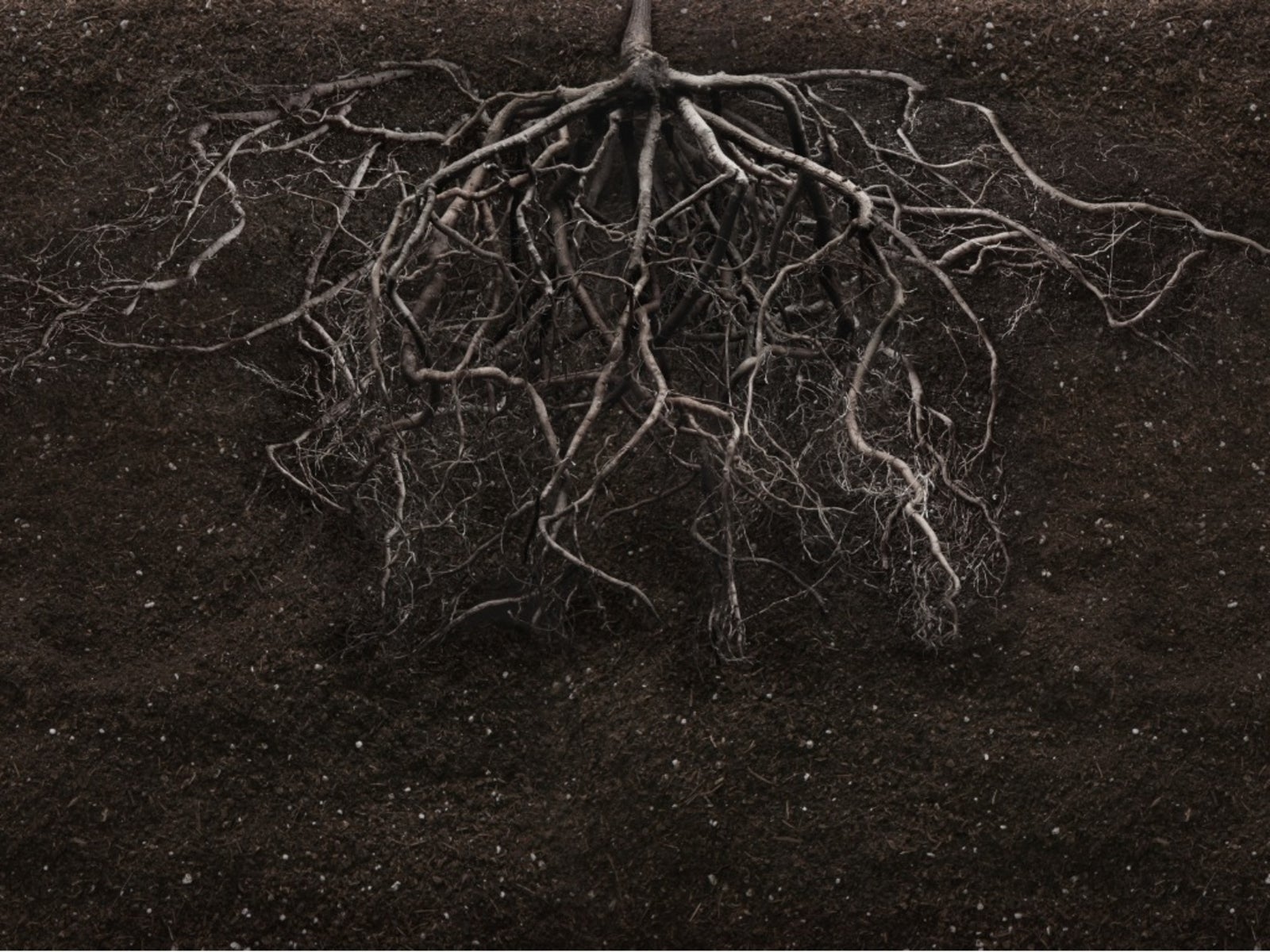What Is The Root Of A Plant


What is the root of a plant? The roots of plants are their warehouses and serve three primary functions: they anchor the plant, absorb water and minerals for use by the plant, and store food reserves. Depending on the plant's needs and environment, certain parts of the root system may become specialized.
How Do Roots in Plants Develop?
In most cases, the beginnings of the roots in plants are found in the embryo within the seed. This is called a radicle and will eventually form the primary root of a young plant. The primary root will then evolve into one of the two main types of roots in plants: a taproot system or a fibrous root system.
- Taproot- In the taproot system, the primary root continues to grow into one main trunk with smaller root branches emerging from its sides. Taproots can be modified to serve as carbohydrate storage, as seen in carrots or beets, or to grow deeply in search of water as those found in mesquite and poison ivy.
- Fibrous- The fibrous system is another of the types of roots in plants. Here the radicle dies back and is replaced by adventitious (fibrous) roots. These roots grow from the same cells as the plant stem and are generally finer than tap roots and form a dense mat beneath the plant. Grass is a typical example of a fibrous system. The fibrous roots in plants like sweet potatoes are good examples of the types of roots in plants that are used for carbohydrate storage.
When we ask, “what is a root of a plant,” the first answer that comes to mind is the part of the plant that grows underground, but not all roots of plants are found in the soil. Aerial roots allow climbing plants and epiphytes to attach to rocks and bark and some parasitic plants form a root disc that attaches to the host.
How Do Plants Grow from Roots?
In plants grown from seed, the plant and root grow from separate parts. Once plants are established, the green or woody part of the plant can grow directly from the fibrous roots below, and often, the plant stem can produce new roots. Root tubers found in some plants can develop buds that will produce new plants. Plants and their roots are so intricately connected that no plant can survive without its root system for support and nutrition.
Gardening tips, videos, info and more delivered right to your inbox!
Sign up for the Gardening Know How newsletter today and receive a free copy of our e-book "How to Grow Delicious Tomatoes".

Jackie Rhoades began writing for Gardening Know How in 2010.
-
 Try The Trend – Turn Any Bed Into A Keyhole Garden With This Clever In-Ground Composter
Try The Trend – Turn Any Bed Into A Keyhole Garden With This Clever In-Ground ComposterKeyhole gardening is an efficient and sustainable practice that saves space. Get started on this DIY project quickly and easily with an in-ground composter.
By Bonnie L. Grant
-
 4 Superfast Composting Methods: Turn Waste Into Garden Gold In 30 Days Or Less
4 Superfast Composting Methods: Turn Waste Into Garden Gold In 30 Days Or LessTry the fastest composting methods to turbocharge your pile and transform kitchen scraps and garden waste into finished compost in just a few weeks.
By Mary Ellen Ellis